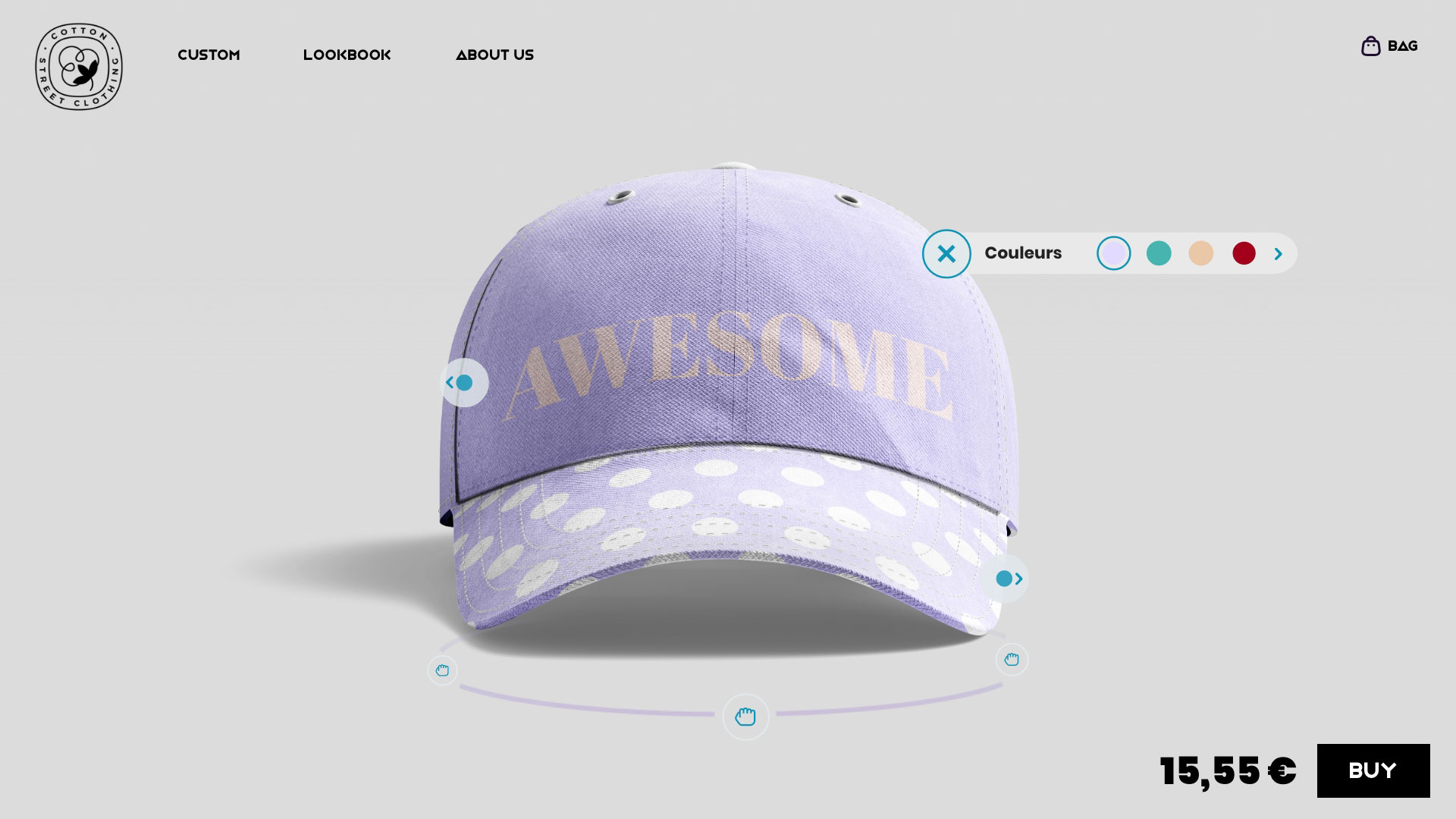
On this first post of 2023, the entire team bet on what to expect on the 3D marketing usage in the retail sector for this new year. Expect the unexpected!
3D technology can be used to create immersive and interactive experiences for consumers, such as virtual reality (VR) and augmented reality (AR) applications. These experiences can be used for product demonstrations, virtual store tours, and other marketing campaigns. 3D technology can also be used to create more engaging and realistic product images and videos for e-commerce and other digital platforms. But if you are reading, this, you probably already know that.
Here are our main predictions for 2023:
- Virtual and augmented reality: These technologies will become more advanced and widely adopted by retailers, allowing customers to experience products in a more immersive and interactive way. The future release of Apple AR headset may become a major step forward for all AR actors around the world.
- 3D product visualization: More retailers will use 3D product visualization to create highly detailed and accurate images and videos of their products, which will improve the customer experience and increase sales. Particularly the usage of 3D imagery at scale will be interesting to follow in 2023. If imagery production costs are still high using 3D one by one for each products, automate this process is a great way to industrialize your visual content factory.
- 3D scanning and modeling: Retailers will use 3D scanning and modeling to create accurate digital representations of products, which will make it easier to create virtual and augmented reality experiences. In particular, we're quite excited of NeRF capabilities and how smartphones could be the next 3D scanners of the world.
- CAD models will rule the world: Product team all around the world already use 3D plans, or CAD models, to design future products. More often than not, these assets are left behind and never used again. But these assets can turn into an infinite source of content using technologies such as Pixyz and Substance.
- 3D prototyping: Retailers will use 3D simulation and printing to create customized samples and prototypes, which will speed up the product development process, reduce costs and carbon footprint. A company such as Nike is already the biggest shoe producer in the world only with samples ! Especially, CLO3D will continue its way to transform the fashion industry for a more sustainable design process.
- Personalized and interactive shopping experiences: Retailers will use 3D technology to create personalized and interactive shopping experiences for customers, such as virtual try-on and virtual product customization. These experiences are becoming a must-have for 67% of online shoppers (Deloitte - 2021) but it can be still a big investment when created one-by-one by web agencies. Here again, we do believe that only a scalable automated process can help retailers cope with these new online shoppers expectations
We wish all our community a great 2023 (or 2023D) year and hope all the best for you and your brands. If you think our paths shall meet this year, you can always contact us here.
Naker's team






